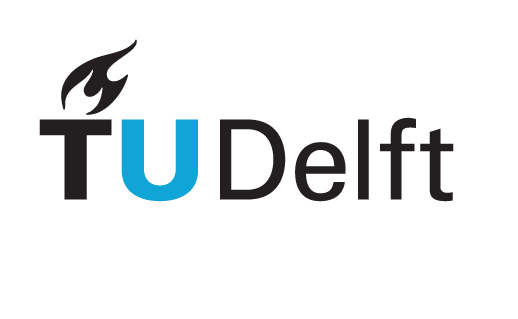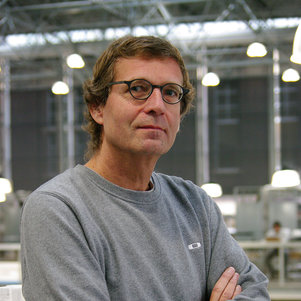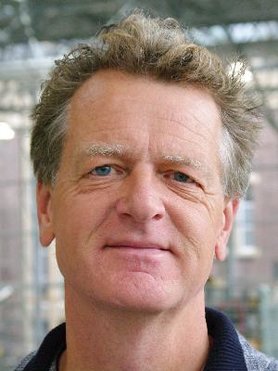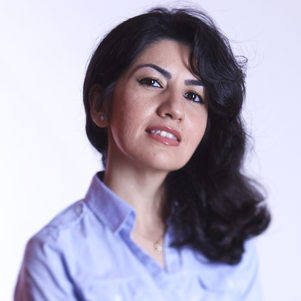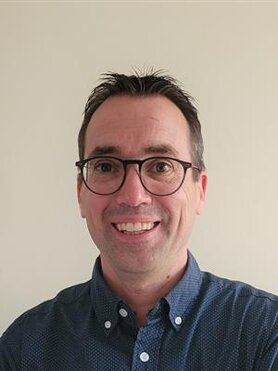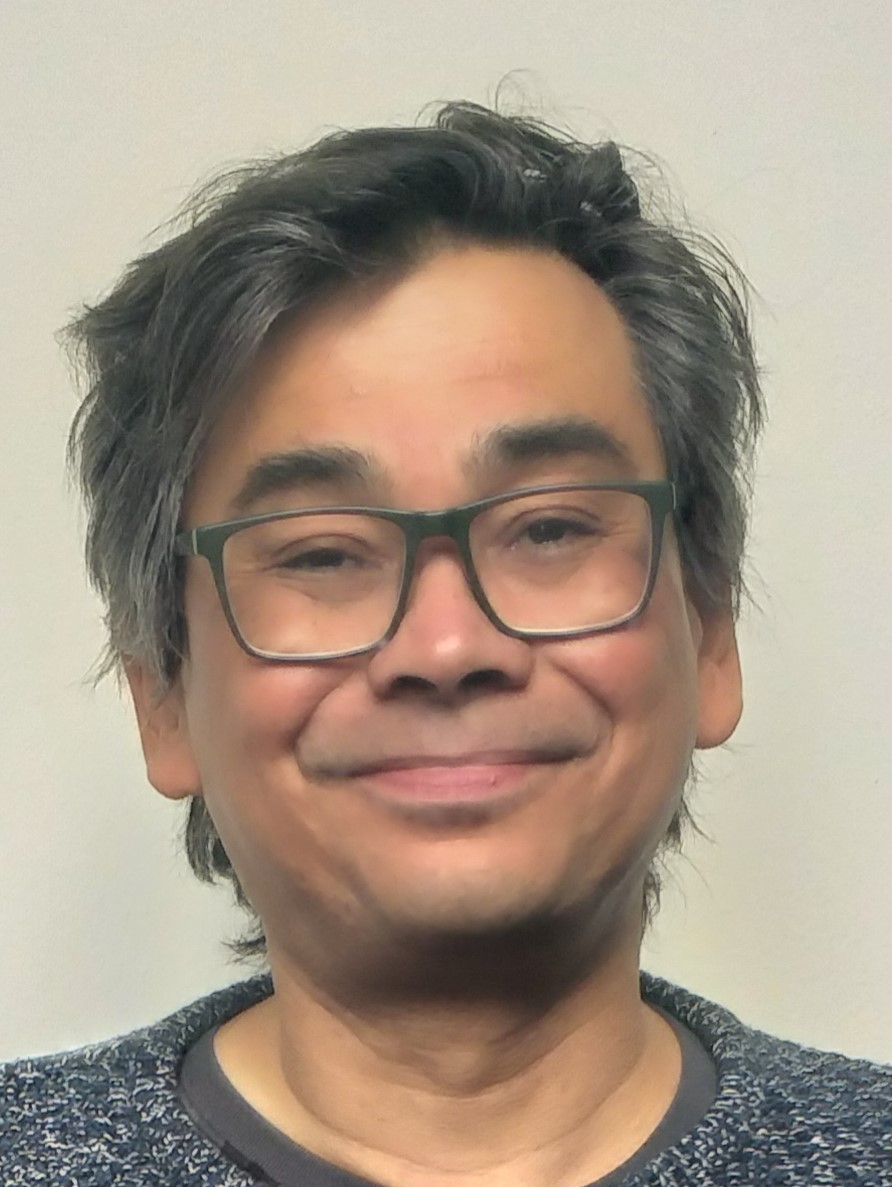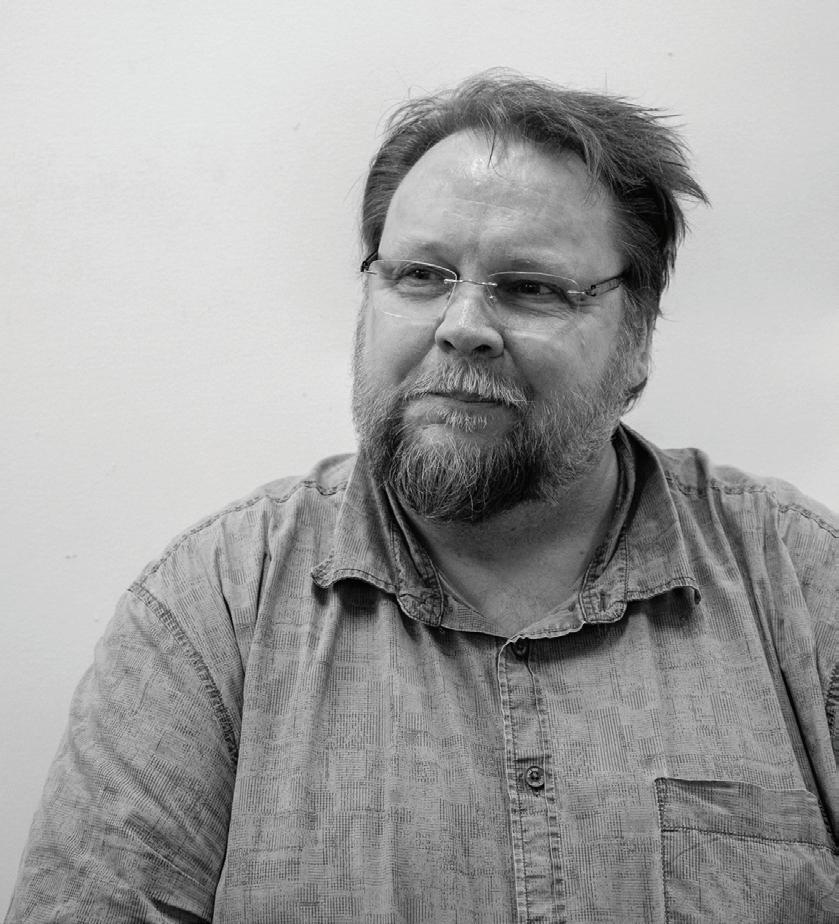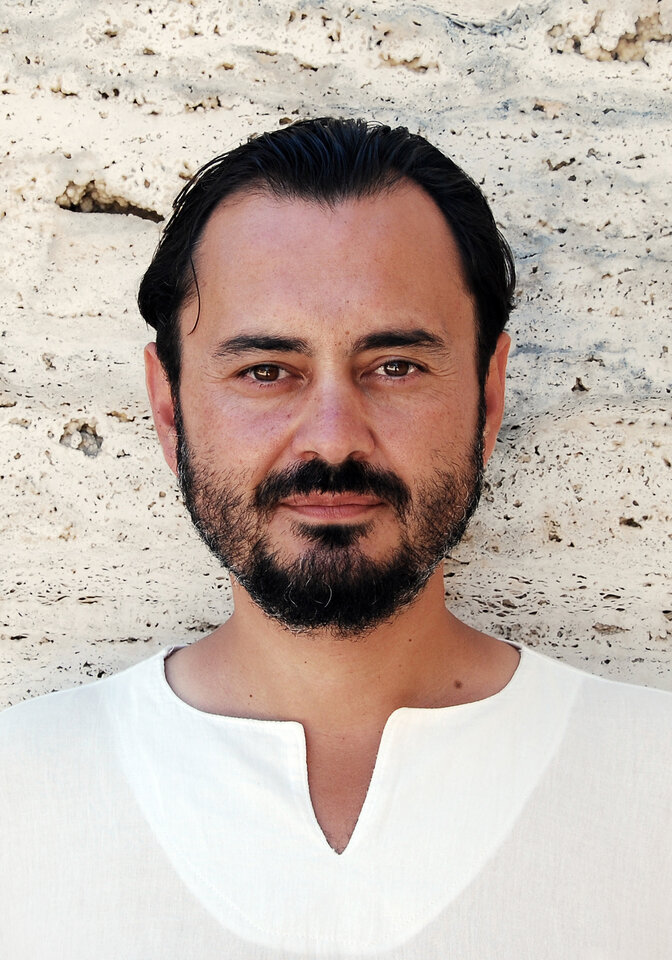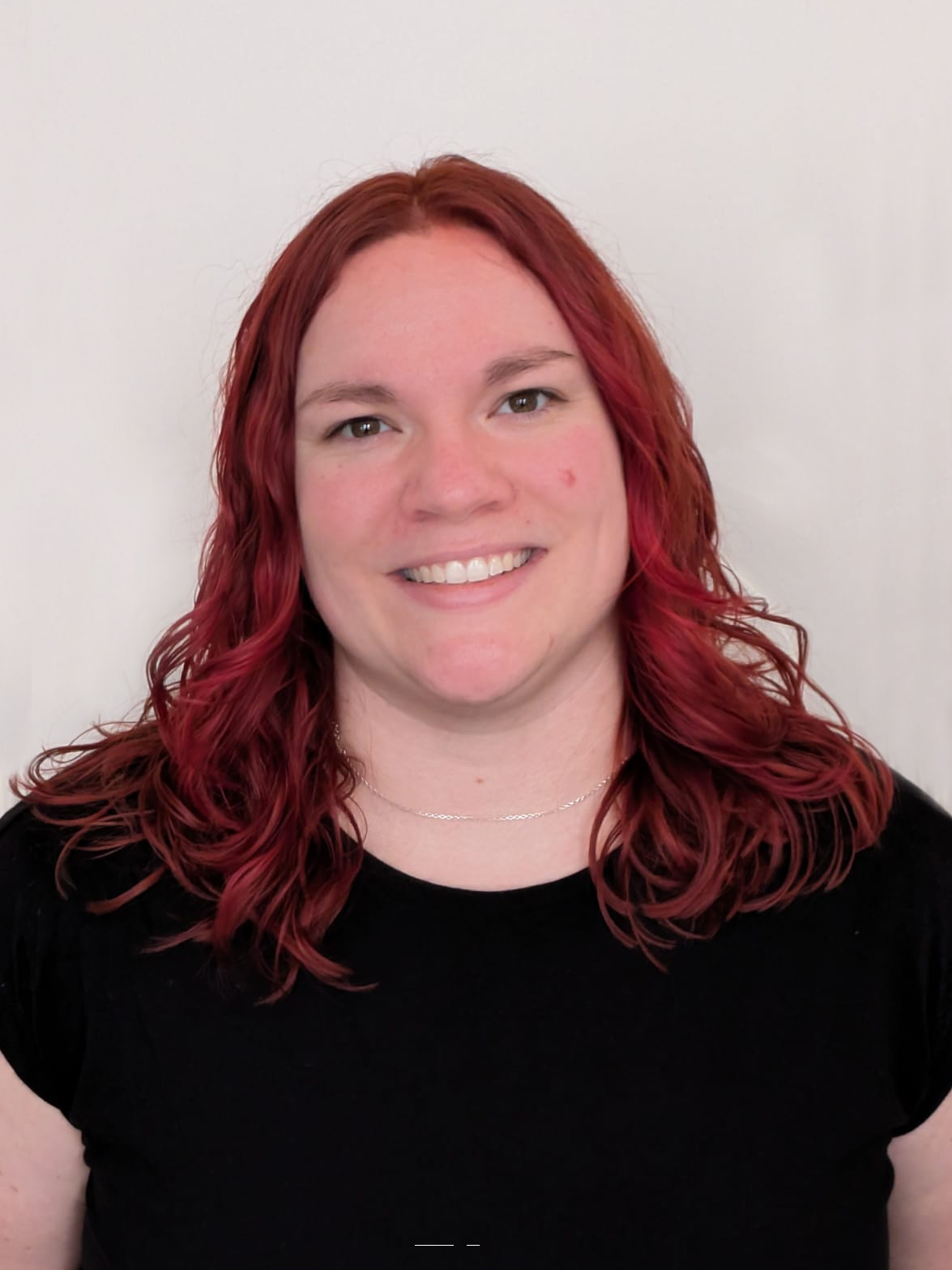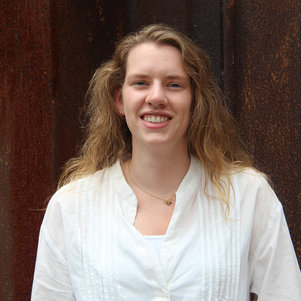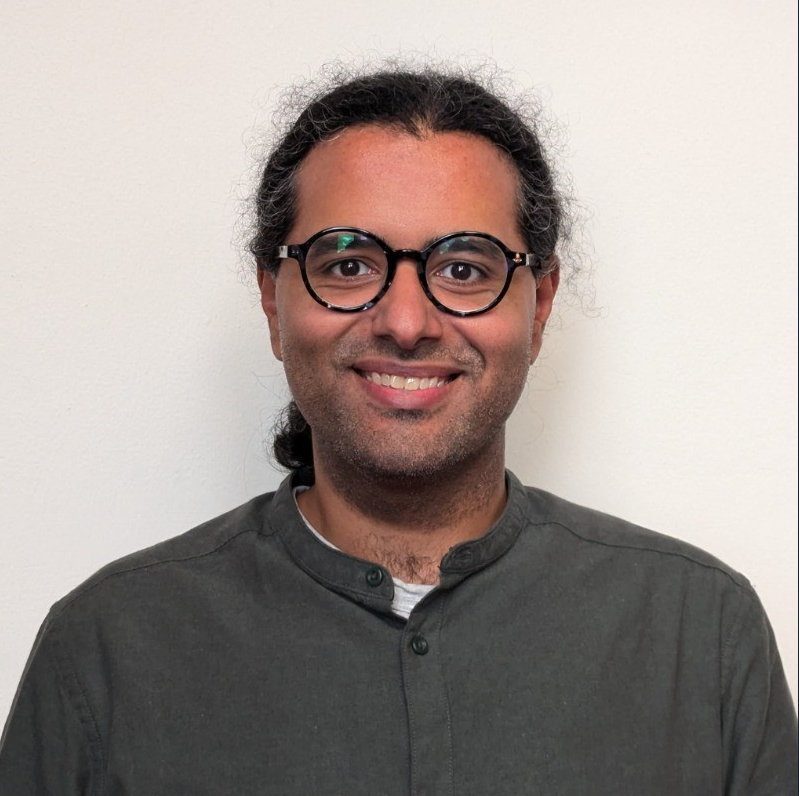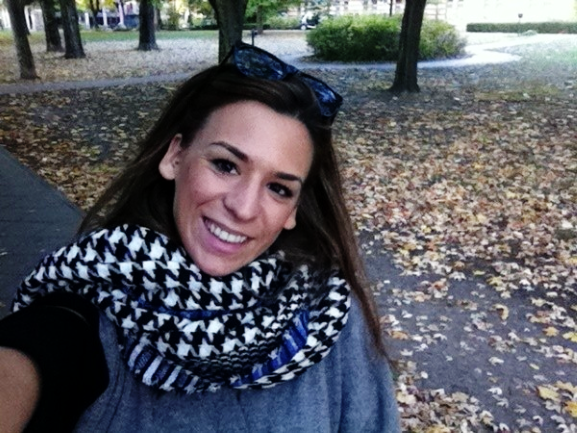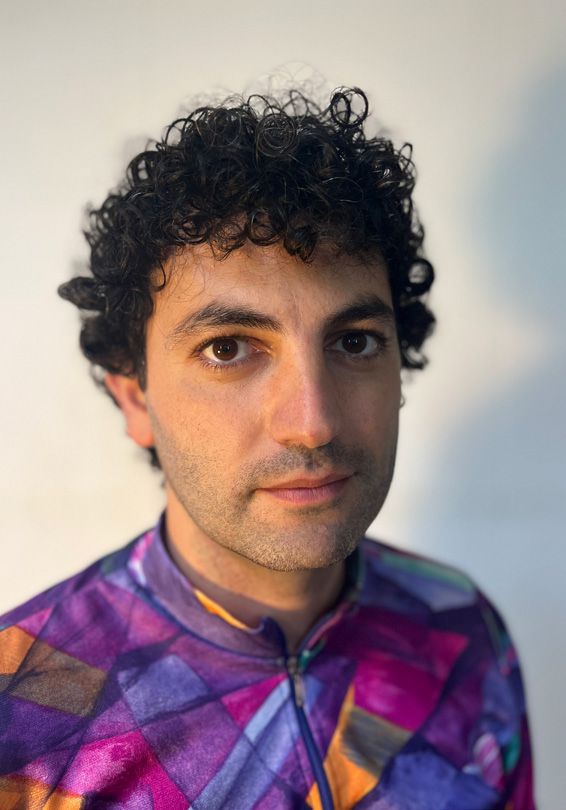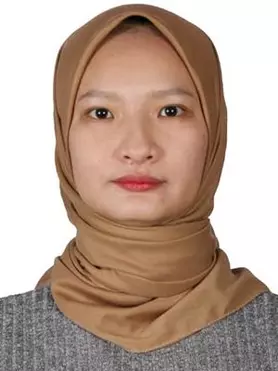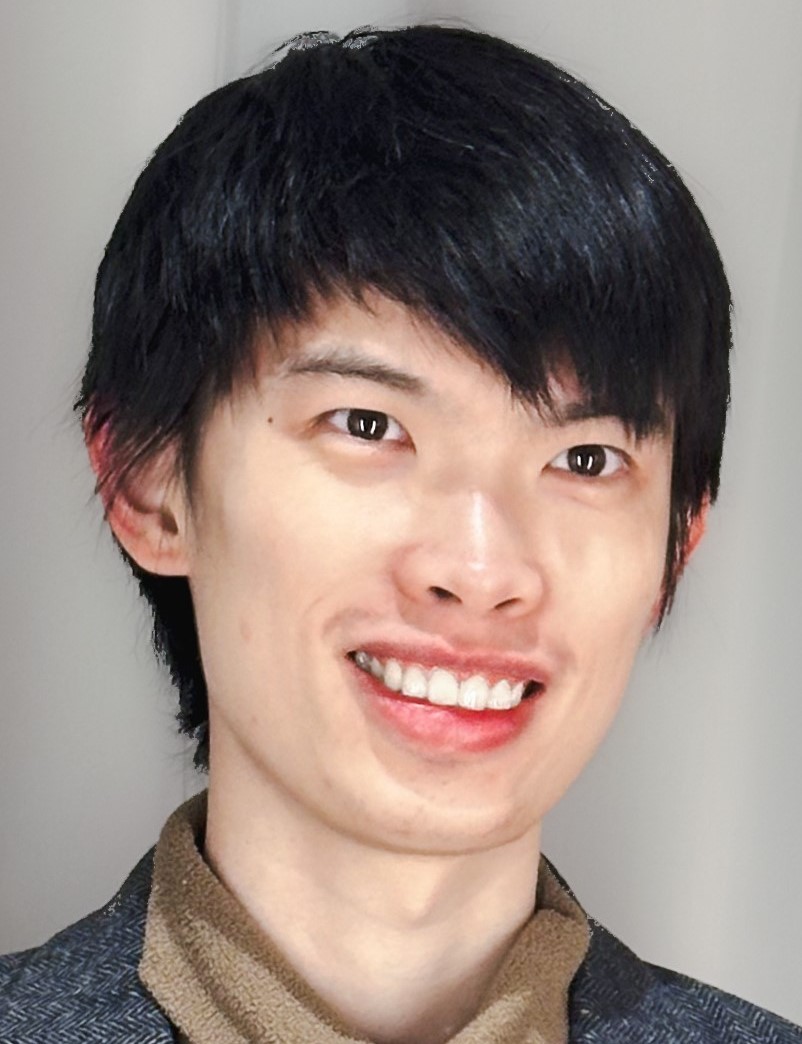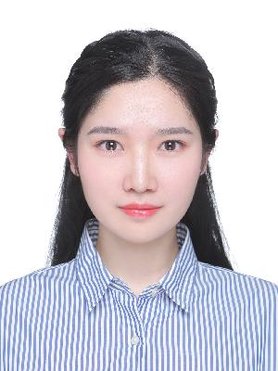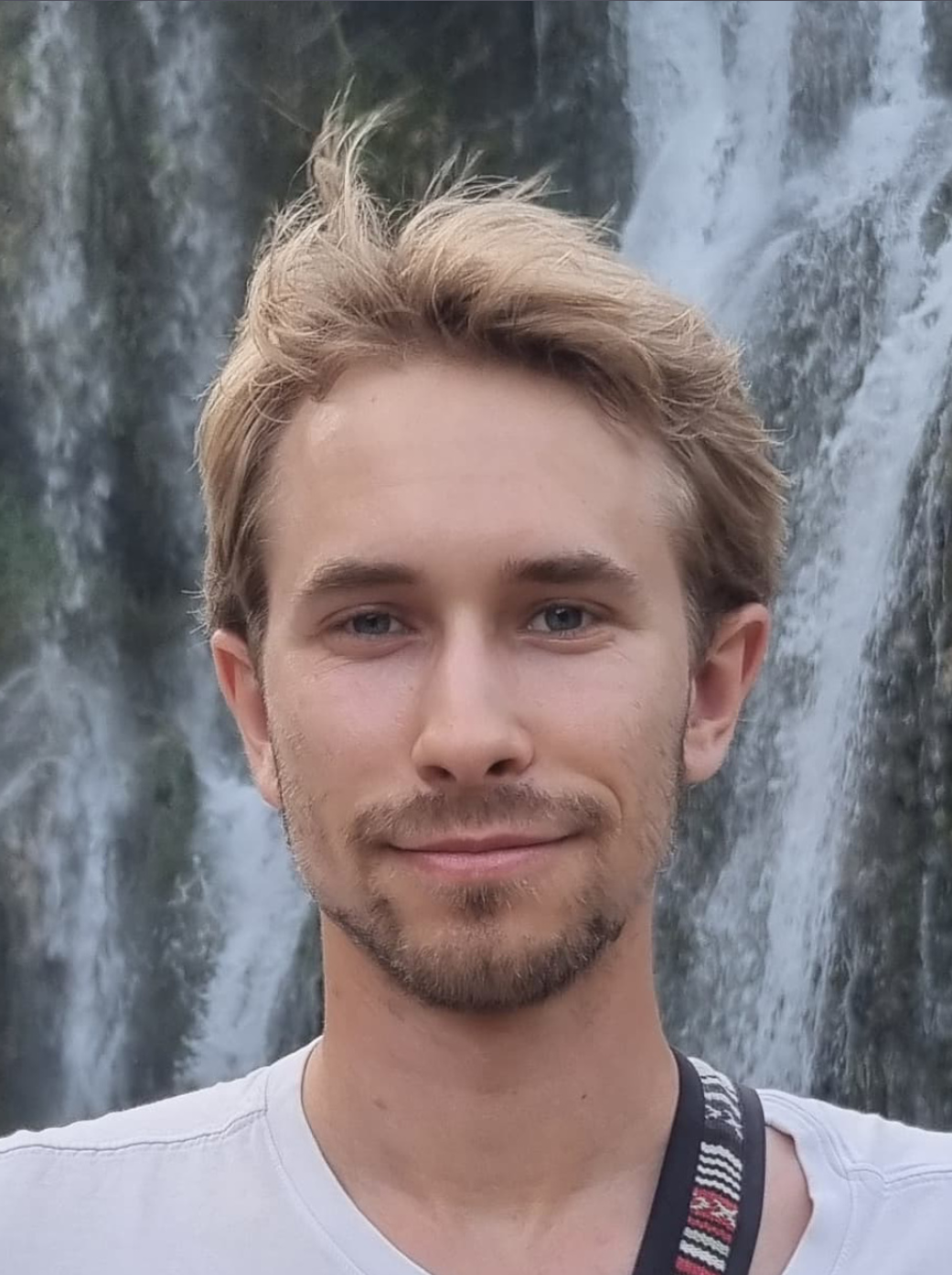Who we are
Collaborate
We are open to collaborations that advance the intersection of digital technologies and the built environment. We cooperate in research projects that push the current boundaries of computational methods for architectural engineering. We are happy to explore options for new projects contributing to cutting-edge research and real-world impacts. If you think our expertise and research directions match your project proposal or if you would like to exchange ideas about it, feel welcome to contact us.
Collaboration Highlights
Would you like to collaborate on your research proposal?
Discussing together the content and framework is a first step. Feel welcome to provide us information on the content and on what (EU, NWO, other) research call you consider applying to.
Would you like to involve our expertise in a research developed at your company?
We can assess with you if our expertise is a valuable match and guide you through possible steps for an eventual collaboration.
Would you like to collaborate with our Educational activities?
Feel welcome to contact the teaching coordinators or course coordinators. Some courses we teach include case studies from practice, or collaborations across academia and industry.
Would you like to involve us in Educational activities you curate for professional associations?
We can share ideas on the initiative and on our potential involvement.
Our Expertise
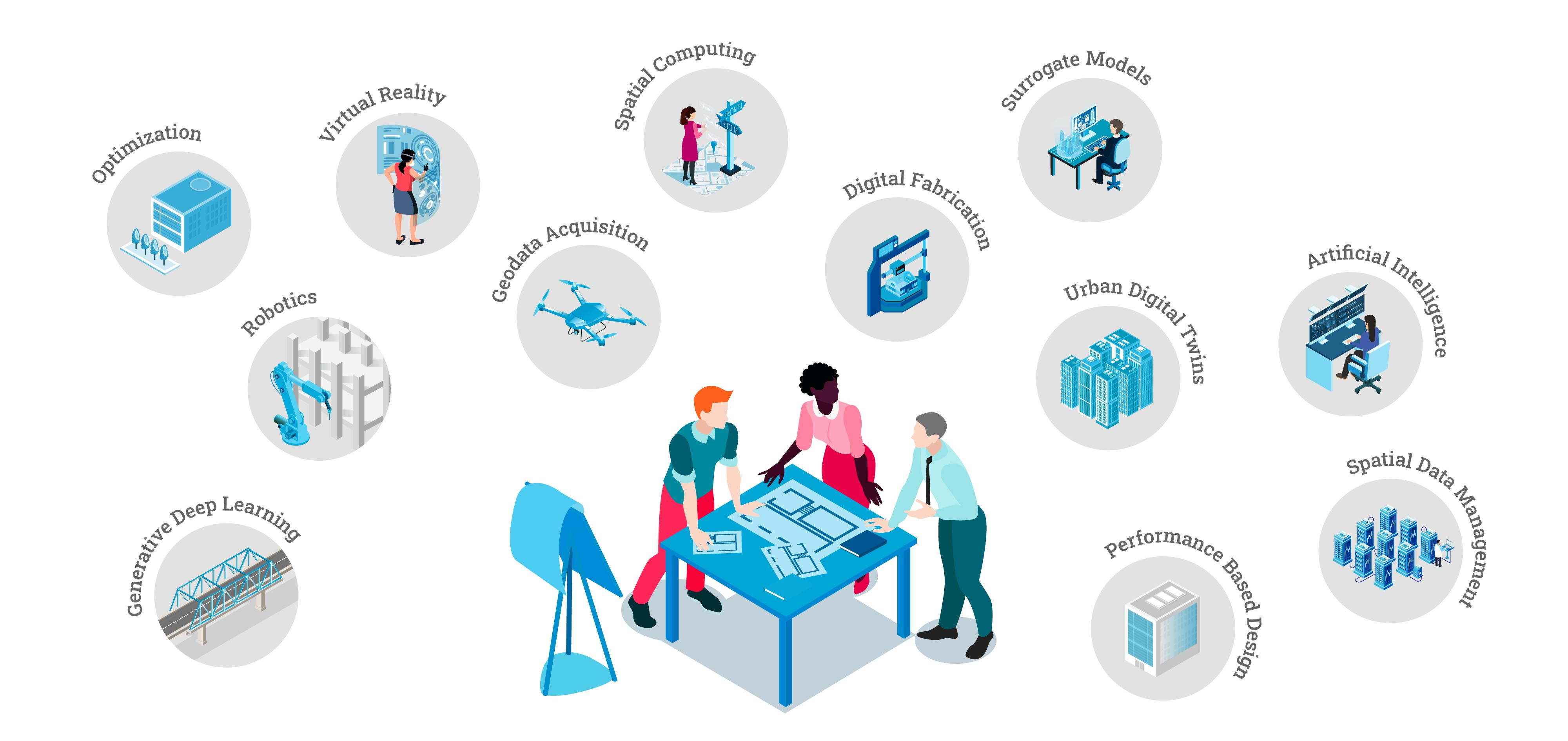
Expertise Highlights
Space Administration and 3D cadastre
Cadastral parcels registered and visualised in 3D answer the need for clearer, accessible and both historic and up-to-date information. How can these advanced models be realized within an extended spatial Database Management System environment and be used for efficiently disseminating data to users? How to re-use building (construction) designs to more efficiently create/derive 3D legal spaces? Contact: Peter van Oosterom.
Urban Digital Twins
Digital Twins are virtual representations that describe, analyse, and simulate processes. They can represent urban environments using data, machine learning and data analytics, allowing simulating and optimising scenarios that synchronise on the real twin’s changes. Scalable simulations use physics-based and data-driven modelling, taking advantage also of geospatial data from different sensing techniques (such as thermal satellite imagery).
Various Scale Models
How can we realize a paradigm shift towards dynamic vario-scale (geo)information with minimal redundancy, supporting delivery of representations at arbitrary scale for different user contexts and progressive transfer for the delivery of refinements? This spans from raw data to data-structure, to usability and web-visualization. Contact: Martijn Meijers
Indoor Location-based Services
Indoor LBS is a fast-developing research subject, to facilitate location specific processes (for logistics, daily use, emergencies, etc.). A proper localization process requires positioning into a semantically rich model of the physical environment, or the simultaneous generation of both. Contact: Edward Verbree
Design Computing & VR
Spatial Computational Form Finding methods and Virtual Reality intersects. VR as evaluation tool for spatial design supports simulations in urban context and generative workflows urban to buildings. This interrelates with VR environments for gamified approaches and remote collaboration. Contact: Hans Hoogenboom.
Generative Design for Reuse
Artificial Intelligence opens new avenues for the reuse of the waste from building demolition. Part of the waste consists of fully functional structural components, which can be repurposed. How can AI-supported computational methods assist designers in developing more sustainable design solutions? Contact: Gabriele Mirra
Computational Design & Engineering
In design, an analytical understanding of quantitative building performances is paramount but insufficient. Buildings’ materiality and its engineering are also expression of spatial qualities challenging to compute. Emerging AI techniques enable to incorporate the human factor into computational methods for architectural engineering. We are shifting from tools that predict solely engineering performance, towards computational methods that inform designers also on soft aspects, such as user experience predictions. Contact: Michela Turrin
Robotics & Human Machine Interaction
Human machine interaction refers to how people and automated systems communicate and collaborate. Focused on human machine interaction in architectural engineering design, it includes inputs cognitive science and real-time collaboration in fabrication and provides inputs to design. Contact: Serdar Asut
Large Scale Additive Manufacturing
Contact: Ir. Arch. Paul de Ruiter
Coordination
